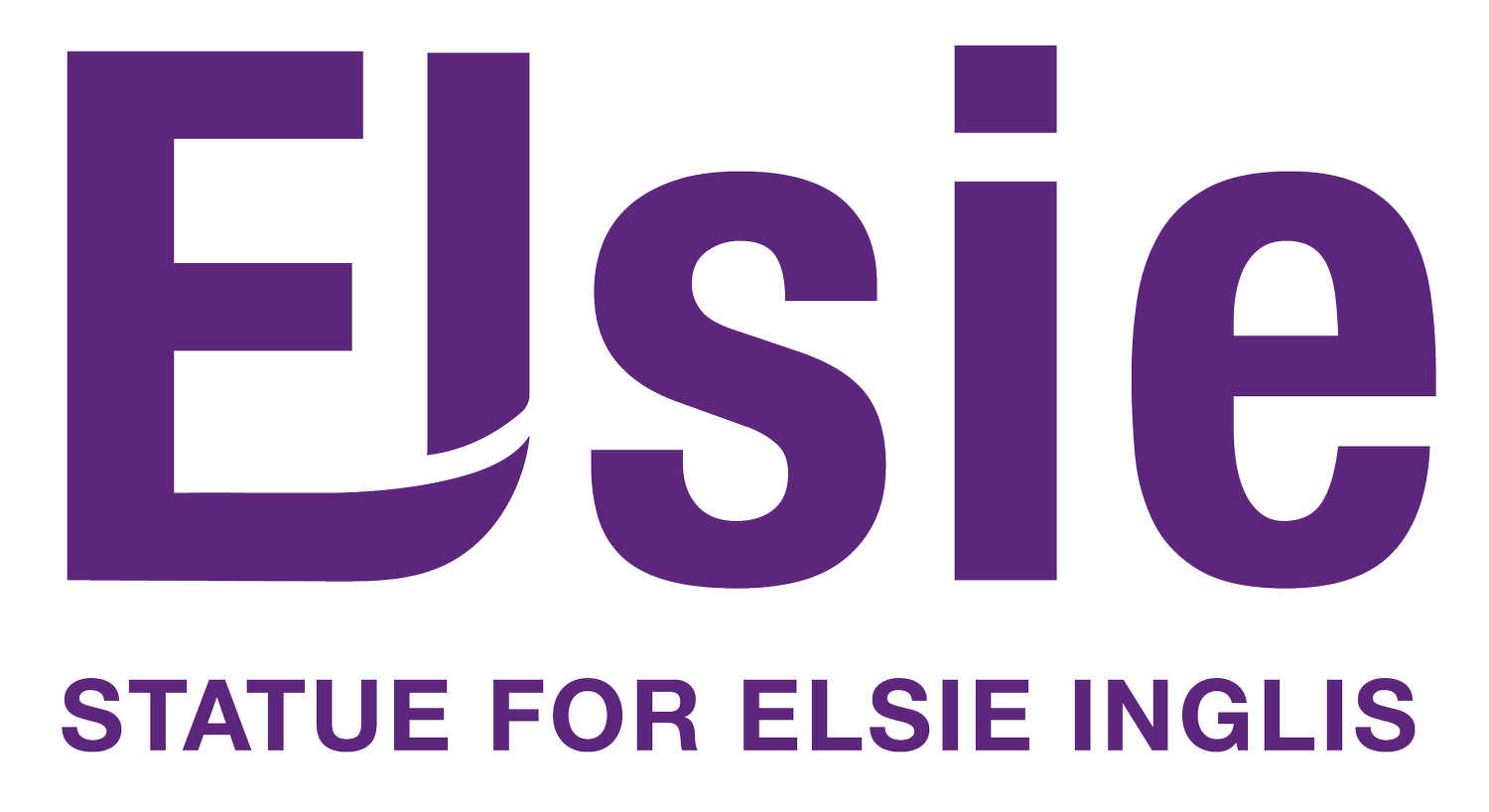Author Kate Murray-Browne gets involved
My involvement with the Elsie Inglis statue campaign started with a small baby. Picking up my daughter from nursery one afternoon, another mother introduced me to her newborn daughter, Elsie. ‘I had a relative called Elsie,’ I said, and told her what I could remember about my great-great-aunt, Elsie Inglis, from family stories. ‘Hang on,’ she said. ‘I think my cousin told me about her . . .’
Although I clearly couldn’t hear the name Elsie without thinking about her, at the time, I knew very little about my famous relative. I knew that she was a celebrated doctor, at a time when very few women could even get a degree, and I knew that there was a plaque bearing her name in Edinburgh. I knew that my great-aunt and grandmother were fiercely proud of her.
But when it turned out that Baby Elsie was related to someone starting a campaign for a statue of Elsie Inglis in Edinburgh, I learnt a lot more about my great-great-aunt. I learned that she was, by her own description, fearless. She stood up for what she believed in, whether that meant confronting the head of Glasgow medical school, the War Office or a Commanding Officer of the German Army. I learnt that she was persistent: during the war, she was advised to ‘sit still’ and she ended up taking an all-woman medical unit to Serbia instead. Although it would be nice to believe that I had inherited some of Elsie’s characteristics, she was clearly remarkable, in a way very few people can hope to be.
But there was something else too: Elsie worked to improve the lives of all women, whether or not they were remarkable like her. Not content to become a doctor herself, she campaigned to make it easier for all women get a medical education. She set up a hospital for women and girls in the poorest part of Edinburgh. She supported the women’s suffrage campaign. The stories that struck me most were the smaller acts of heroism, the kind that could easily go unnoticed. Waiving fees for her poorest patients. Making them tea and toast in their homes while they recovered. Writing a letter of condolence to a patient who had lost her child, or a letter to her twelve-year-old niece, my aunt, from a war zone. Her bravery was matched by compassion, her toughness by kindness.
My four-year-old daughter asked me the other day why so many of the characters in her favourite TV show are boys. It was hard to know how to answer, but it convinced me that representation matters. The lack of statues of women in cities will not go unnoticed, another subtle message that the stories of women and girls are less important than men and boys. On this, of course, Elsie would fiercely disagree. When I imagine a statue of Elsie in Edinburgh, I see a reminder that women and girls matter. Perhaps sparking an unconscious thought: Well, maybe if she did that, I could too… Fuelling countless acts of heroism, remarkable or ordinary, large or small. A monument to a fierce, kind, extraordinary woman becoming part of the fabric of the city – an ordinary sight.


